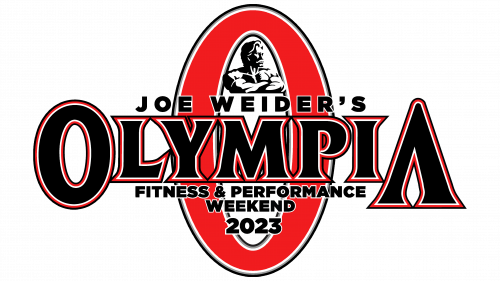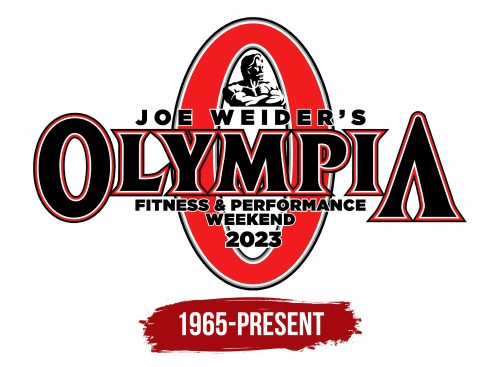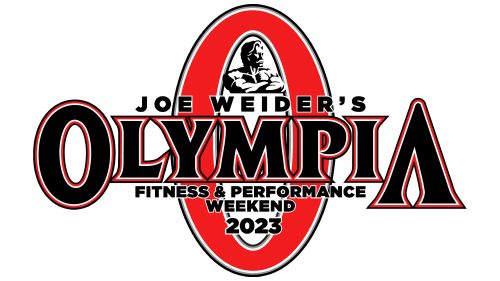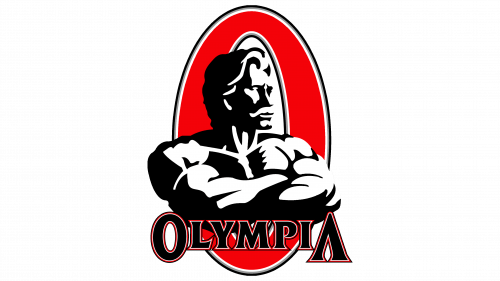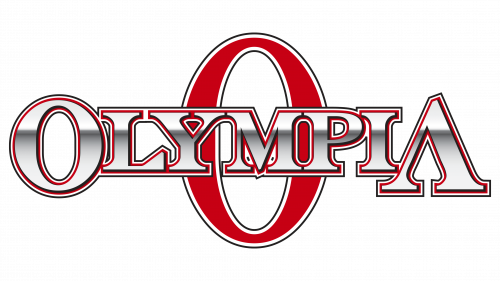The Olympia logo is a model of perfection and pride. The emblem is filled with the spirit of strength, competition, and the desire to showcase oneself, which forms the basis of the contest. The idea of the sign is crowned by the theme of leadership and ascending to the top of Mount Olympus.
Olympia: Brand overview
Meaning and History
The design of the sign revolves around the figure of the contest’s founder, who is located on the represented Olympus, watching over the athletes. The symbol embodies the idea that only the best of the best-become titleholders. In nearly 60 years of Olympia’s existence, only 19 athletes have been honored with the award.
What is Olympia?
A championship title awarded to participants of the annual Olympia Fitness & Performance Weekend bodybuilding competition under the auspices of IFBB. The contest counts 19 winners who have received the coveted statuette, including Arnold Schwarzenegger, Sergio Oliva, and Phil Heath.
1965 – today
The game’s logo is designed in the style of a barbell, where the first and last letters of the inscription are significantly larger than the rest. The image is reminiscent of the statuette awarded to the winner. It is a figure of Eugen Sandow – the first organizer of the “Beauty and Athletic Physique” competitions, which were the prototype of modern bodybuilding contests. On the award, the athlete holds a barbell with ball-shaped ends. The Olympia logo alludes precisely to this. The round letter O in the inscription reinforces the resemblance.
The name was chosen after Mount Olympus in Greece, where gods with superpowers and strength resided. Men who won the competitions were likened in beauty and strength to these gods.
Although this is one of the probable origins of the name, it is not the only one. The Washington-based Olympia Brewing Company sponsored the first competition. It is very likely that the contest was named in its honor.
Each letter of the inscription is outlined in two lines of red and white, symbolizing strength and fitness.
Above the name is the image and name of the person who founded the contest – Joe Weider. This athlete and entrepreneur played a significant role in the world of bodybuilding, as he also created the IFBB association and the Ms. Olympia contest. He, his brother, and his wife wrote numerous books on bodybuilding and sold clothing and supplements for athletes. Interestingly, it was the Weider brothers who introduced Arnold Schwarzenegger to the world when they brought him to America. Thus, it’s no surprise that the logo immortalizes this legendary collaborator.
The entire composition is supplemented by a large letter O in the background, soaring high, drawing an analogy with the peak of Olympus and glory.
Font and Colors
The combination of red, black, and white looks stylish and presentable. Red represents beauty and attractiveness. White shows purity and honesty, as contestants are prohibited from using steroids. Their physique demonstrates the perfection the human body can achieve without doping. However, the main color of the composition is black, as very hard work is the foundation of the entire process.
The distribution of shades in the logo is also interesting. Black letters are as if wrapped in a thin white, then a red wrapper. People first see the beautiful and strong body. Behind the beauty and muscle play, they don’t see the amount of training that forms the foundation.
The red letter O, soaring in the background of the emblem, represents the moments of glory during participation and victory in Mr. Olympia. This attention is short-lived, though it elevates the bodybuilder “to the skies.”
The inscription’s font is in an old style due to the expanded serifs. They are different from the usual, like the strength and volume of the muscles of bodybuilders from the muscles of non-athletic people. In the letter A, the crossbar is missing, and it is the largest in the inscription, showing that fame and victory await the athlete at the end, and there is still a path to reach that moment.
